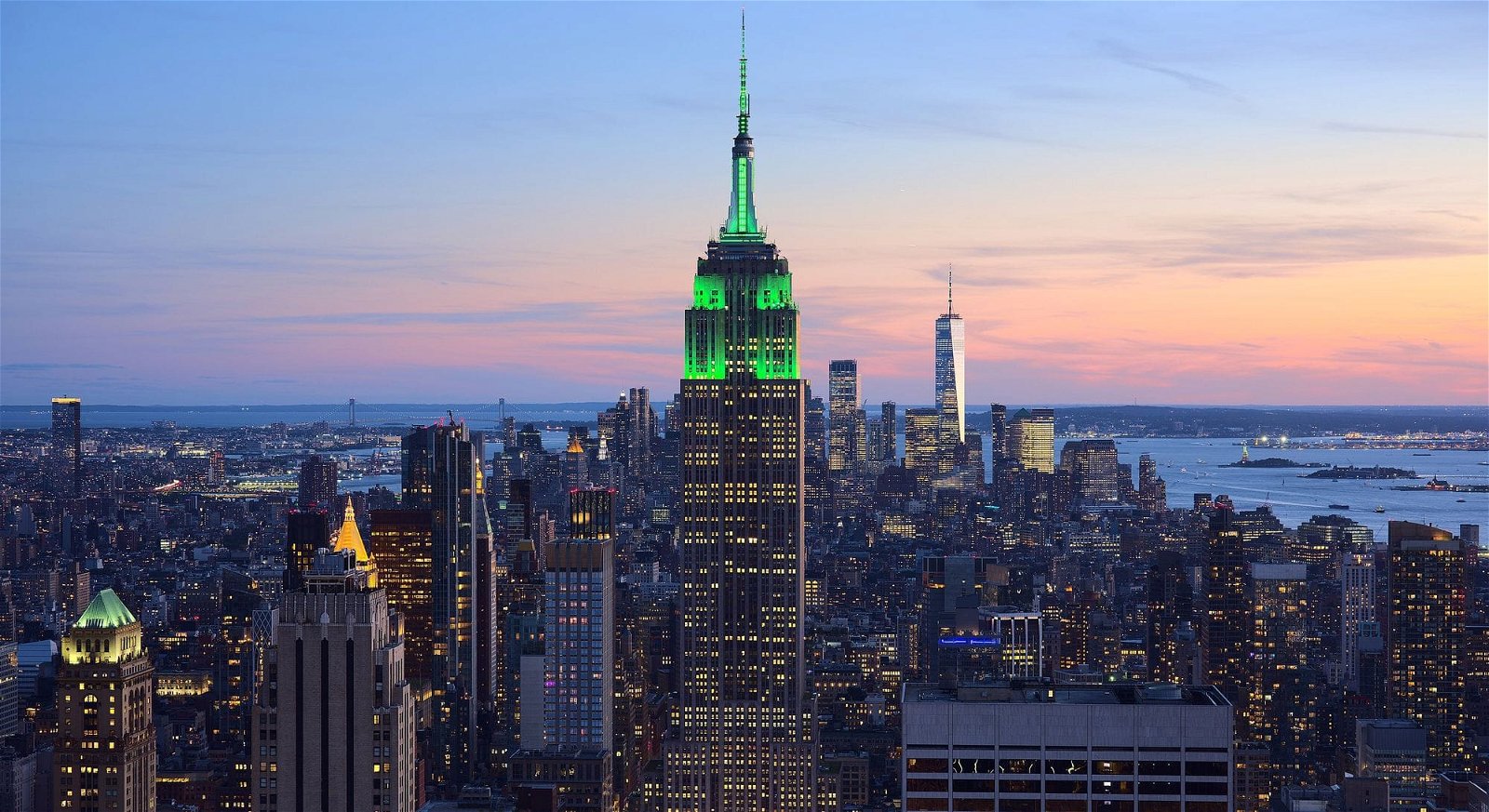How we can implement the New York Tropical Deforestation-Free Procurement Act
The New York Tropical Deforestation-Free Procurement Act (S.4859A/A.5682A) is poised to become law. This post explains how implementation can be transparent, simple, and affordable.

Every year, the global great and the good descend on MapHubs's hometown of New York City for Climate Week. This massive side event - coinciding with the UN General Assembly - has taken on a life of its own, attracting business and non-profit leaders to hobnob and talk up can-do solutions to the growing climate catastrophe. One such solution is currently sitting on New York Governor Kathy Hochul’s desk - the New York Tropical Deforestation-Free Procurement Act (S.4859A/A.5682A).
Thanks to advocacy of Friends of the Earth, the National Wildlife Federation, and a host of others, the Act overwhelmingly passed the State Senate and Assembly and just needs Governor Hochul’s signature to go into law. It would require all vendors to the state to demonstrate that no tropical deforestation was caused in the production of their products. And yes, it includes palm oil.
Sound familiar? That’s because the Act is coming hot off the heels of the EU Deforestation Regulation, which has similar requirements for importers. While there is broad support for the New York Tropical Deforestation-Free Procurement Act, there is some skepticism that it will prove onerous on small vendors, particularly palm oil traceability. To address concerns, I have joined an Expert Council convened by the Act's advocates to to explain the incredible opportunity for New York to become the first state to pass a tropical deforestation-free procurement act. Here's how.
Supply chains are increasingly transparent

Transparency has long been a challenge in tropical commodity supply chains, including palm oil. Palm oil is produced in thousands of industrial plantations and by millions of smallholders. They form a complex web that supplies a network of mills, refineries, and manufacturing facilities that are primarily scattered across Malaysia and Indonesia where 85% of all palm oil is produced.
Much of this supply chain has now been mapped. The location of almost all industrial mills - the first major bottleneck in palm oil supply chains - are publicly available. Furthermore, RSPO - a sustainable palm oil body - requires its members to publish quarterly palm mill lists. Most major palm oil producers and traders comply, so downstream companies can obtain mill lists for refineries that supply the US market.
The majority of industrial plots such as concessions have also been mapped and available through public platforms such as Global Forest Watch, KepoHutan, and GeoRSPO. Commercial services like our Palmoil.io platform are regularly updating these plots and tracing them to nearby mills. While smallholder plots remain a data gap, multiple efforts are underway to map farms and the EU Deforestation Regulation - broadly supported by smallholder associations - is providing a strong incentive to map their farms.
Monitoring is simple

Harnessing this supply chain monitoring data has never been easier. A growing tropical forest monitoring industry is emerging to make supply chain monitoring easier for companies. In anticipation of the EU Deforestation Regulation, major palm oil producers and traders such as Wilmar, Cargill, ADM, and Bunge, are investing in supply chain monitoring software systems. These systems provide near real-time satellite monitoring down the farm level of almost the entire global palm oil supply chain. Given that these companies procure the bulk of all palm oil production, the burden of monitoring largely falls on them and not downstream buyers like New York State vendors.
This makes monitoring simple for NY State vendors. The EUDR makes disclosure of palm oil supply chains mandatory, so NY State vendors will simply need to request the due diligence statements from their suppliers to check for compliance. MapHubs’ Palmoil.io service can provide additional screening to ensure the due diligence statements are accurate. The critical point, however, is small vendors are very unlikely to need to invest in their own monitoring systems.
Monitoring is affordable

Forest monitoring costs continue to decline. First, governments and philanthropies have invested in open monitoring data such as the University of Maryland’s GLAD alerts, NASA VIIRS for fires and Planet-NICFI partnership for high resolution satellite scenes. This has made the building blocks for forest monitoring both accessible and affordable.
Furthermore, while palm oil producers will incur costs running deforestation systems, even the compliance requirements of the EUDR will only have a small revenue impact. Costs have been estimated at less than 3.5% of overall palm oil revenue. And while mapping smallholders remains a challenge, costs are estimated to map all 7 million smallholders at $10 per farm. This totals less than 1% of the 2022 gross profits of Wilmar - the world’s largest palm oil producer. It is therefore likely that increased monitoring costs will be absorbed by upstream palm oil producers and not passed onto New York vendors and consumers.
Still work to do
Deforestation remains a major issue within the palm oil industry but the New York Tropical Deforestation-Free Procurement Act will provide a major incentive to drive greater participation in forest monitoring and reduce the risk of New York State becoming a dumping ground for illegal and unsustainable sourced products containing palm oil. Climate Week provides New York State with the opportunity to demonstrate global climate leadership and make the New York Tropical Deforestation-Free Procurement Act (S.4859A/A.5682A) law. I strongly encourage Governor Hochul to sign the Act, so New York can lead on this critical issue facing our planet.

